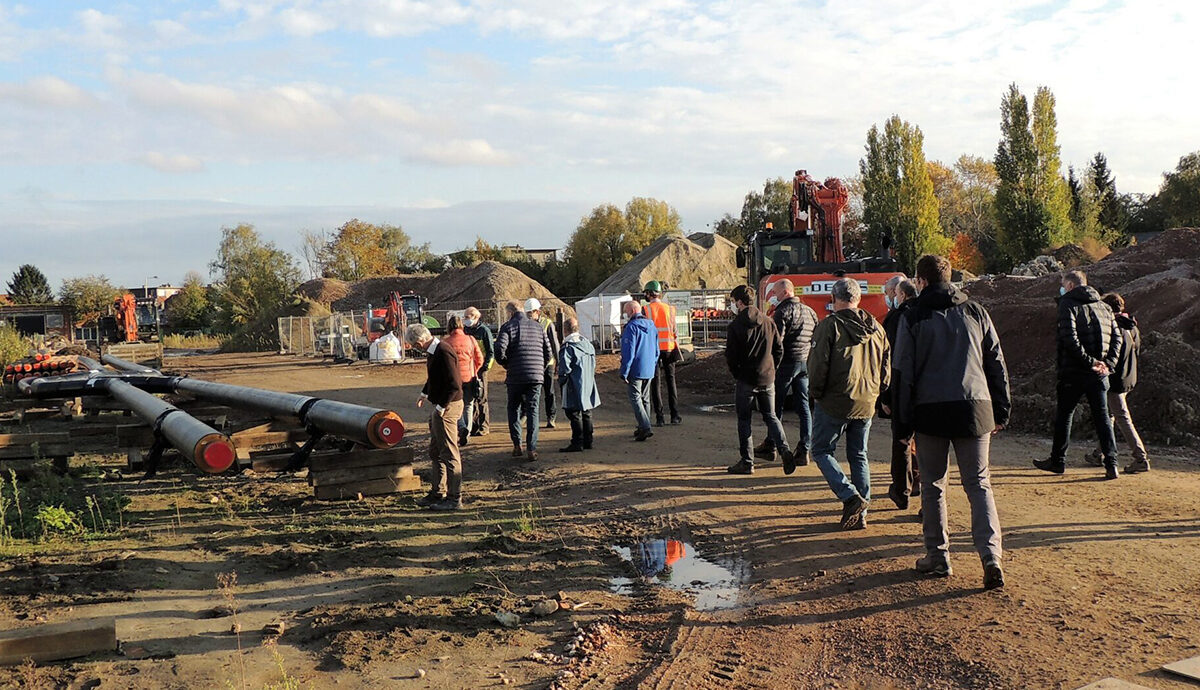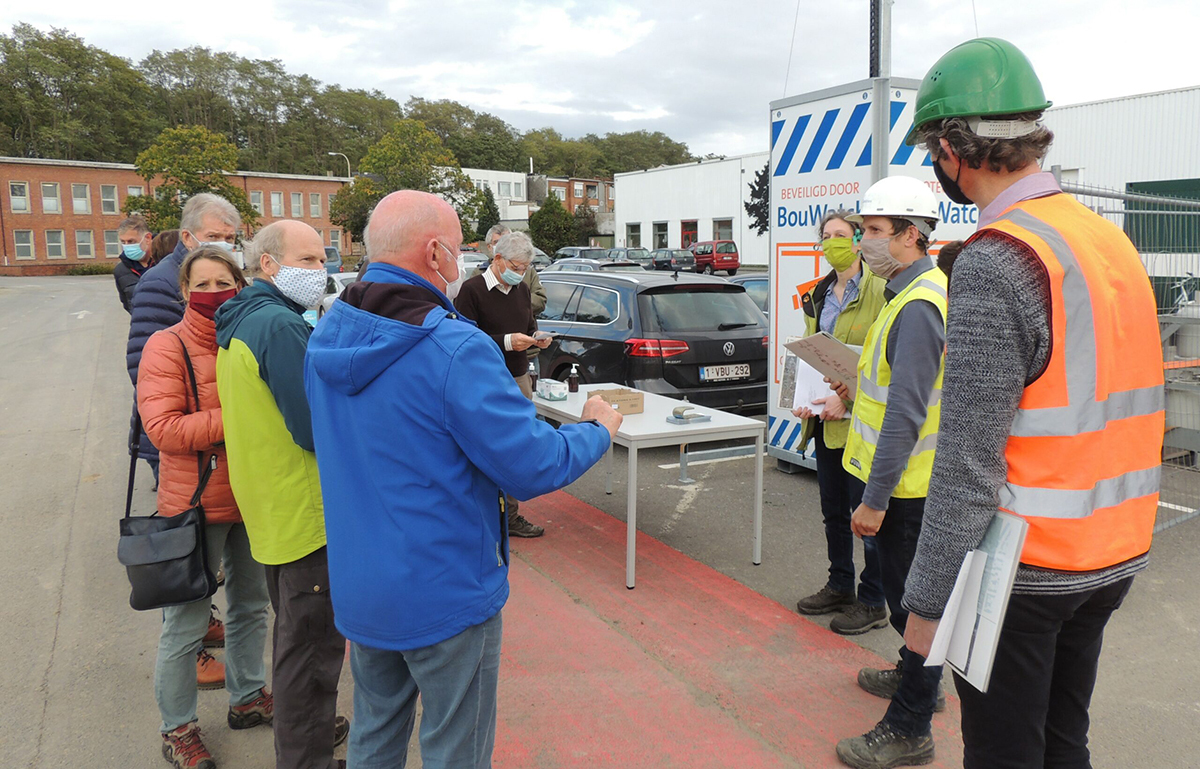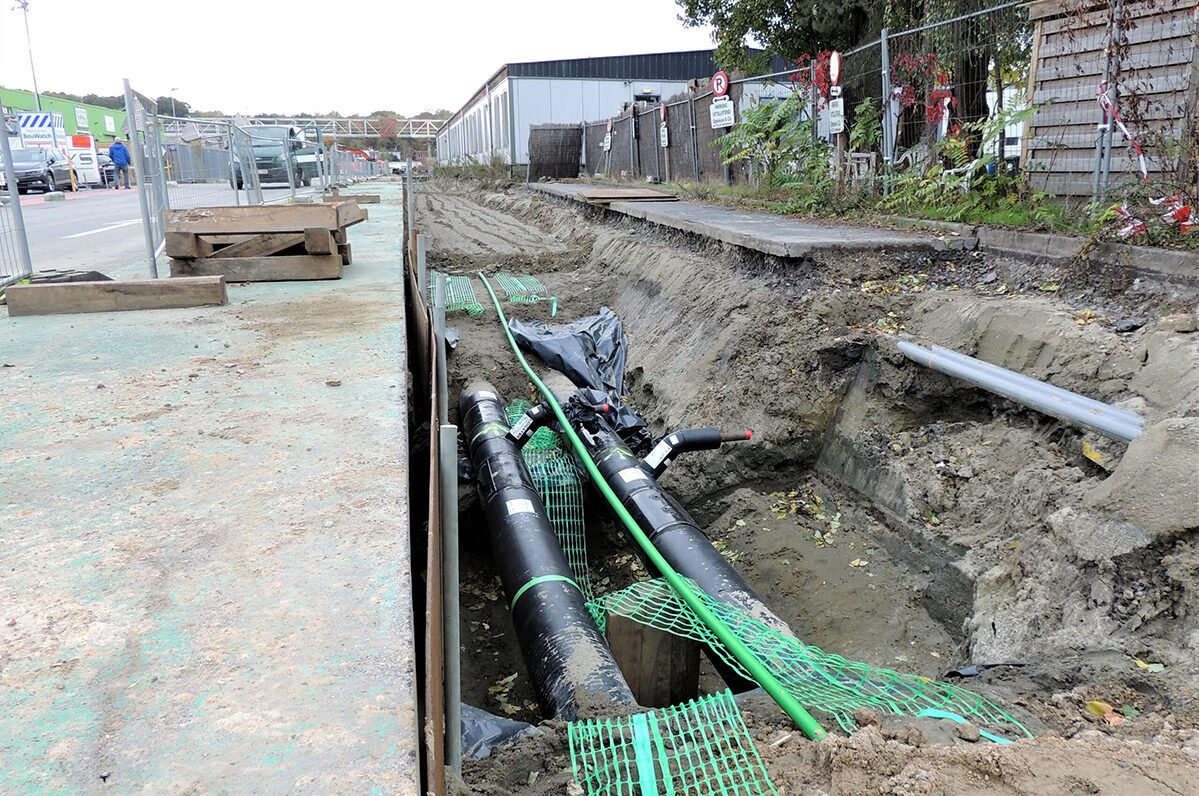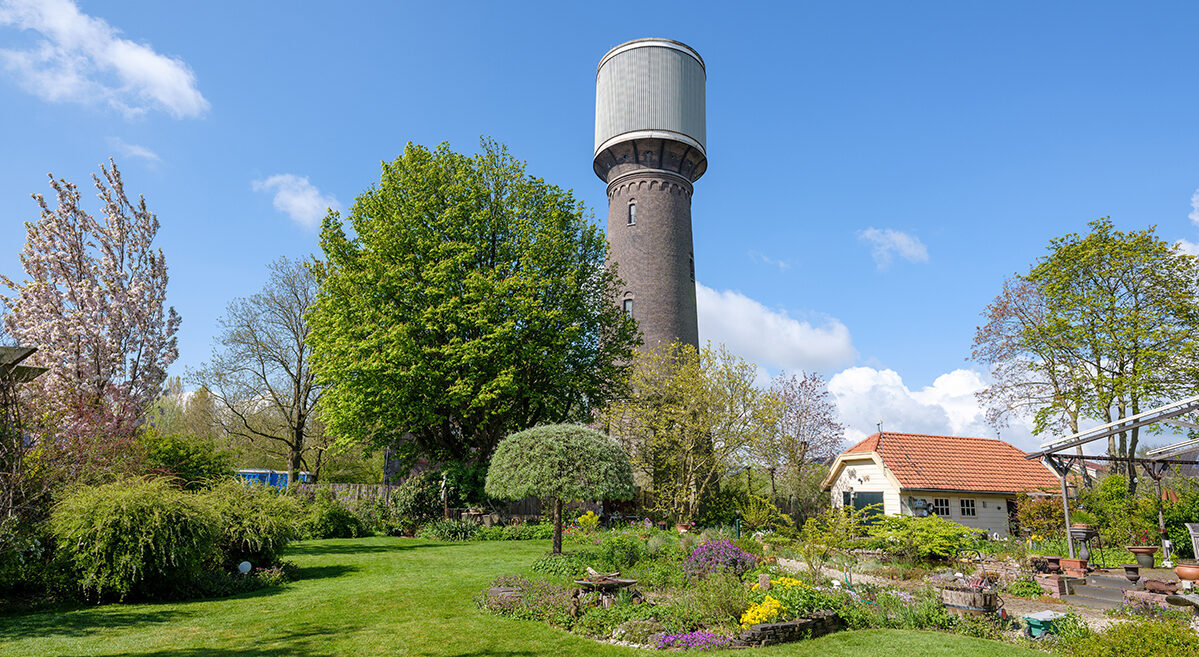Stories
March success story: A heating system shared with the community
Community energy is key to action on the climate crisis. It can empower people, boost local economies, and reinvigorate communities. Community-led initiatives play an important part in the transition towards a 100% renewable and just energy future. Success stories of community energy projects can be found all over Europe. At REScoop.eu we want to highlight these stories to further accelerate the movement towards a cleaner and democratic system.
With the current energy prices, heating a house is becoming more and more expensive, and a serious problem for the finances of many families. Some cooperatives around Europe are setting up district heating networks in their communities, an affordable and sustainable way of heating buildings. This month we explore how it works through the example of Warmte Verzilverd in Belgium.
How district heating works
In a district heating system, heat is produced at the local level and distributed to individual households and small businesses through a network of highly insulated pipes that transport hot water. When the water arrives to a building, a heat exchanger captures the heat from the network and transfers it to the domestic hot water or the heating system of the building. After passing through the heat exchanger, the water returns to the network through a pipe that brings the (now) cold water back to the heating source.
Currently, around 8% of the heat demand of the European Union buildings is covered by district heating. Yet, there is a huge difference between countries and the ownership model varies from one district heating network to another. According to a research study published in 2019, district heating is much more popular in Eastern and Northern Europe, covering more than 50% of the population in countries such as Poland, Sweden or Denmark. In that last country, 85% of the district heating networks are cooperative-owned. However, cooperative examples can be found all across Europe.

Warmte Verzilverd: making residual heat useful
Warmte Verzilverd is a heating network developed in Antwerp, Belgium, by two citizen energy communities: ZuidtrAnt-W and Ecopower. The grid connects the Agfa-Gevaert factory, a plant that produces imaging products, with 300 houses and a few small businesses in the neighbouring residential areas. The unused residual heat of the factory, which used to be lost through the chimneys, is now collected and distributed by Warmte Verzilverd.
Using residual heat from industrial activities to warm houses holds a significant climate benefit, as it reduces household emissions and recuperates heat that would otherwise be blown into the air. Warmte Verzilverd aims to save 16,000 tons of CO2 emissions in the first ten years of the network. But this is not the only benefit. Sophie Loots from ZuidtrAnt-W explains the main advantage of cooperative district heating.
"In our district heating network in Mortsel, we can charge our customers a fixed price per kWh. In the current context of rising gas prices, this is very important. When you are connected to a cooperative district heating network, you are not exposed to volatile market prices. Moreover, members become part of the decision-making of the project, including deciding on the price regulation."

Warmte Verzilverd was in a privileged position to negotiate the price of the heat with Agfa Gevaert because the factory participates in the heating network as a customer – they buy heat themselves. On one side of the plant they have residual heat, but they needed to heat an additional subdivision on the other side of the neighbourhood. Thus, the company was interested in a fruitful cooperation since the beginning. “The success of this story lies within the fact that there were opportunities for all partners”, concludes Sophie. Nonetheless, she remarks that supportive legislation, like the one existing in Denmark thanks to a law called the Heat Supply Act, could make things even easier for heating networks.
"Some people wonder how it is possible that companies ask for money for their residual heat. In Denmark, for example, industries are not allowed to blow residual heat into the air anymore. If they do so, they have to pay a fine. Thus, with supportive legislation, which is not the case in Belgium right now, the price for using a district heating network could be even lower. Here, district heating is still an open story, a lot of work still has to be done."
Warmte Verzilverd members also mention the security of supply, the absence of maintenance costs at home, and the creation of local added value when they talk about the advantages of their heating system.
The bumps in the road
Setting up a district heating network is not easy, especially in countries without a supportive legal framework.
An important barrier is the significant upfront investment required – installing insulated pipes on the streets is expensive. Sophie remembers that raising 500,000€ for the Warmte Verzilverd network wasn’t an easy task for a starting cooperative like ZuidtrAnt-W. Fortunately, they succeeded. In order to make a network efficient and the works economically viable, the number of houses connecting to the grid needs to be high. District heating projects are impossible without a good early community engagement. Luckily, they had that too.
Sophie recalls another big obstacle for their network: the strong lobby of the existing grid operator. That was overcome thanks to the “strong support from local politicians”. Local governments play a key role in the development of district heating projects and they need to be on board from the beginning due to the works that need to be done in their streets.

Sometimes, in countries without a district heating tradition or a proper legal framework, companies are wary about the legal implications and guarantees they have to offer if they are going to supply heat to private homes. This can become another barrier to find a heat source.
The source of heat
The Warmte Verzilverd network takes advantage of residual heat from industrial processes, but energy communities across Europe use different sources of heat.
For example, in the Netherlands, Thermo Bello, a district heating cooperative from Culemborg produces 9,000 Gigajoules of heat per year connecting a heat pump to the local drinking water basin - the hot spring from which the water is pumped up is always at 12°C. The heat pump extracts the heat from that water, making it slightly colder, and pumps a stream of hot water at a temperature of around 40°C into the heating network. This serves the floor and wall heating of around 200 houses.

In the United Kingdom, Springbok Sustainable Wood Heat Co-operative uses locally harvested woodchips to fuel a district heating system in Surrey. Prior to the installation of the biomass system, the neighbours used 20 oil boilers, some of which were quite old and inefficient. Biomass is commonly criticised for its impact on ecosystems, but it can have a positive influence if it is correctly managed. The production of the Springbok’s woodchips contributes to keep the woods clean and helped one of Britain’s rarest butterflies return to the area, as reported by The Guardian.
Despite the heat source, all networks are based on the same principle – hot water distributed through insulated pipes – and offer similar benefits to their members.